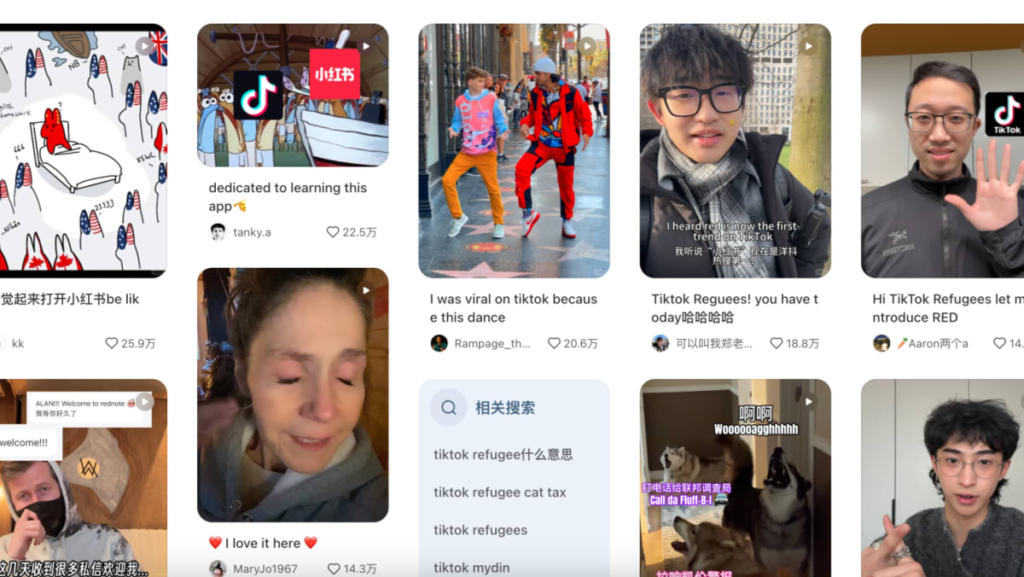“For these TikTok refugees, they want to find an alternative platform that is owned by a Chinese company, (that) is more Chinese than TikTok,” said Meng Ziying, a PhD researcher from Australia’s University of Melbourne.
For overseas users, Xiaohongshu is also more accessible, compared to others like Douyin, the Chinese version of TikTok, which requires a Chinese mobile number to register for an account.
Like TikTok, part of Xiaohongshu’s appeal is in its algorithm’s ability to push traffic to a creator’s content regardless of the number of followers.
“The platform is supporting ordinary users to grow their account,” said Meng.
Professor Min Ye from Boston University’s Pardee School of Global Studies said she was “surprised” by the “speed and scale” of migration of TikTok users to Xiaohongshu.
“It serves as a humbling reminder, even for a long-term observer of US-China relations, that when we see no viable alternative but to accept an unwelcome or discriminatory outcome, young users often find innovative ways to adapt and voice their perspectives. They may shape changes in both America and China.”
Known as RedNote in English, the app is often hailed as China’s answer to Instagram and has been the go-to online space for Chinese social media users for watching and resharing short videos. It is also used by brands and businesses to host shopping videos and livestreams.
It is highly popular among Chinese tourists, with many travel influencers sharing food, accommodation and tourist hot spot recommendations around the world.
Because of its primarily female user base, makeup tutorials and womenswear tips are also popular on the app.
Urban “white-collar” women between the ages of 25 and 34, make up close to 70 per cent of the app’s users, said Jeffrey Hau, co-founder and director of Prizm Group, a digital marketing agency.
It has gained huge followings in other countries like Thailand, Singapore and Malaysia, particularly with Chinese speaking communities.
“Xiaohongshu’s international user base mostly relies on Chinese people living overseas,” Hau said. “We believe it is due to the nature of the content, which is mainly (hosted) in the Chinese language.”
CROSS-CULTURAL EXCHANGE
Native Xiaohongshu users have largely been welcoming of the “TikTok refugees”.
“Hi! TikTok refugee. Welcome,” said Chinese user Sara627 in a post sharing basic tips on using the social media platform.
With the influx of new US users into Xiaohongshu, observers say it has opened a rare window for Americans to learn more about China, and vice versa, through direct exchanges and interactions.
Posting selfies and videos, new Xiaohongshu users began introducing themselves to Chinese users. Using the search term “TikTok refugee”, many shared videos documenting their experience on the app and what convinced them to make the change.
https://www.channelnewsasia.com/east-asia/united-states-tiktok-ban-refugees-flee-xiaohongshu-china-app-4875976


